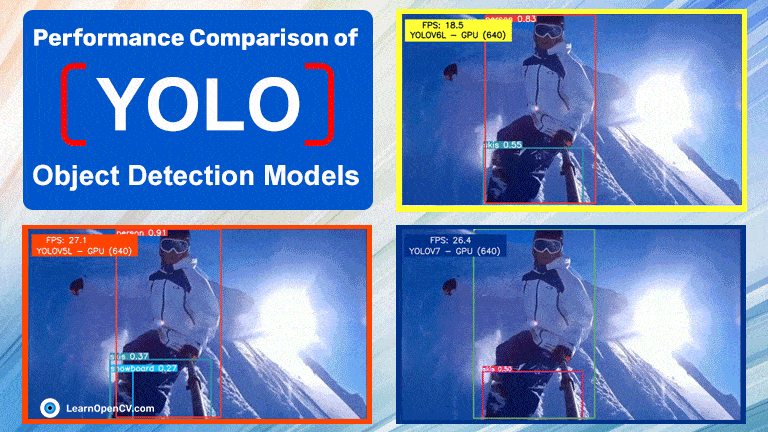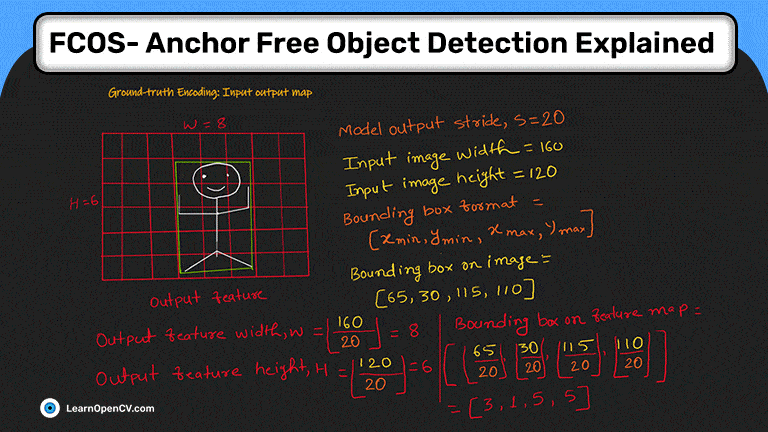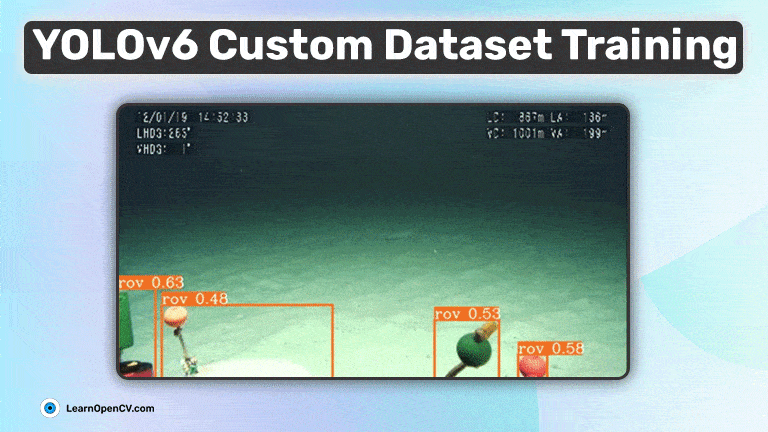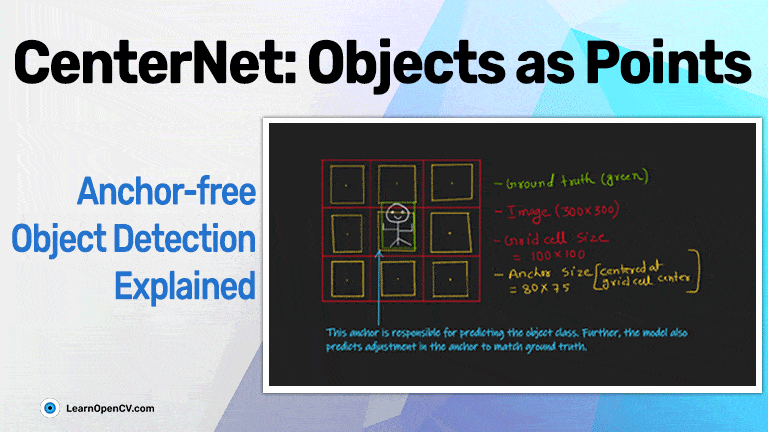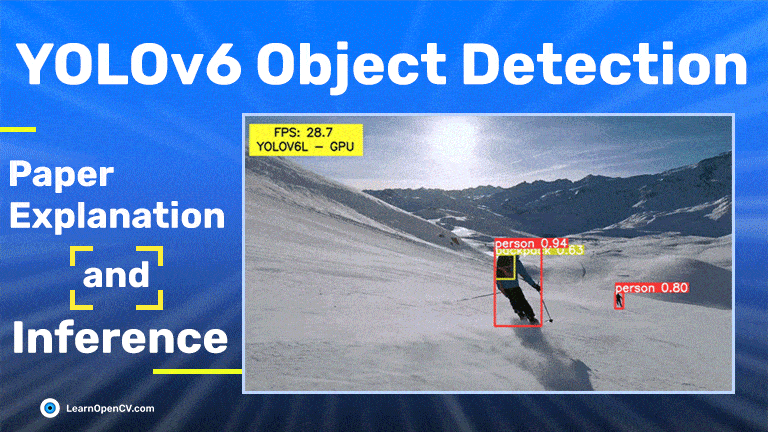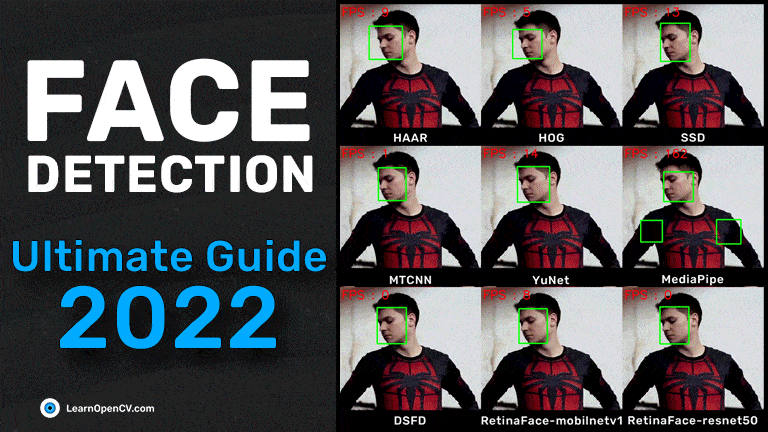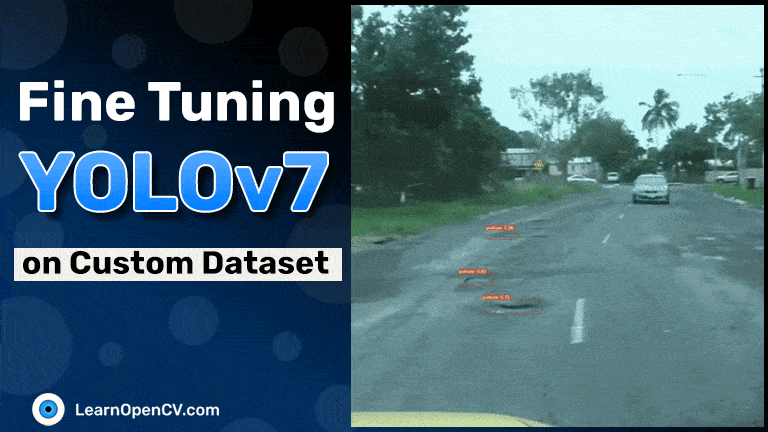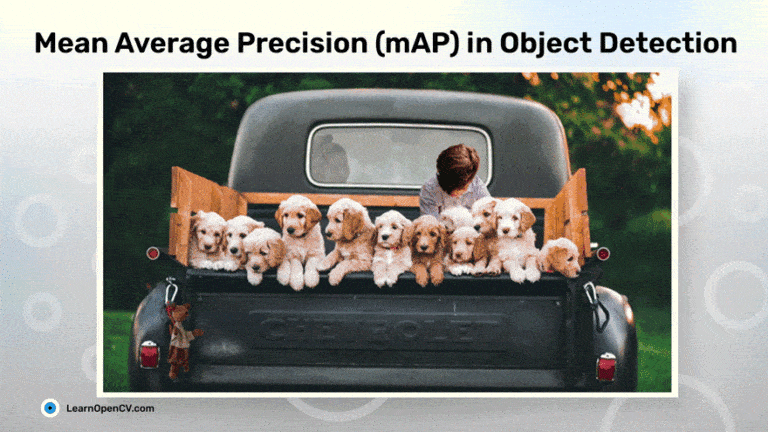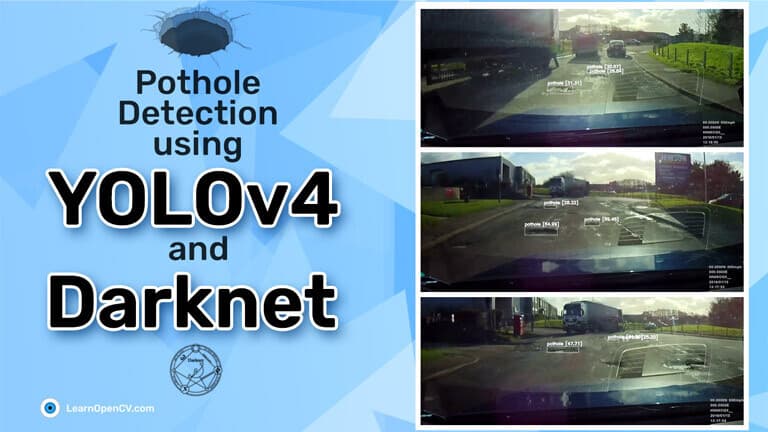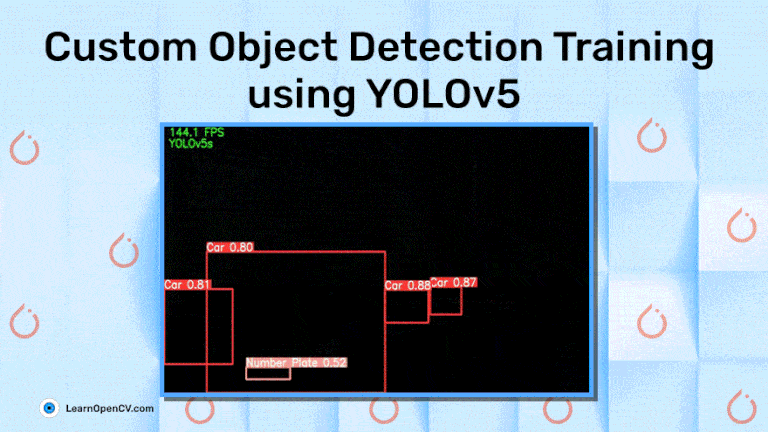Object Detection
This article explains several performance comparison between different YOLO object detection models. These include YOLOv5, YOLOv6, and YOLOv7.
FCOS: Fully Convolutional One-stage Object Detection is an anchor-free (anchorless) object detector. Inference on image and video with PyTorch.
In this article we train the YOLOv6 Nano, Small, and Large models on a custom Underwater Trash Detection dataset and compare the results with YOLOv5 and YOLOv7.
CenterNet: Object as Points is one of the milestones in the anchor-free (anchorless) object detection algorithm. Anchor-free object detection is more generalizable in other computer vision tasks, e.g., pose estimation,
In this blog post we review the YOLOv6 paper, carry out inference using the YOLOv6 models, and also compare YOLOv6 with YOLOv5.
Let's understand what face detection is, how it works, what its challenges are, and in what areas face detection is used. You will also see the journey of face detection
This article explains the training pipeline for fine tuning of the YOLOv7 object detection model on a custom pothole detection dataset
Mean Average Precision (mAP) is a performance metric used for evaluating machine learning models. We have covered mAP evaluation in detail to clear all your confusions regarding model evaluation metrics.
A technical review of YOLOv7 paper along with inference report. YOLOv7 Pose detection code included.
In this blog post, we will be training YOLOv4 models on a custom pothole detection dataset using the Darknet framework and carry out inference using the trained models.
Intersection Over Union (IoU) quantifies degree of overlap between two boxes. In Deep Learning, it is a model evaulation helper metric.
This blog post covers object detection training of the YOLOv5 model on a custom dataset using the small and medium YOLOv5 models.

